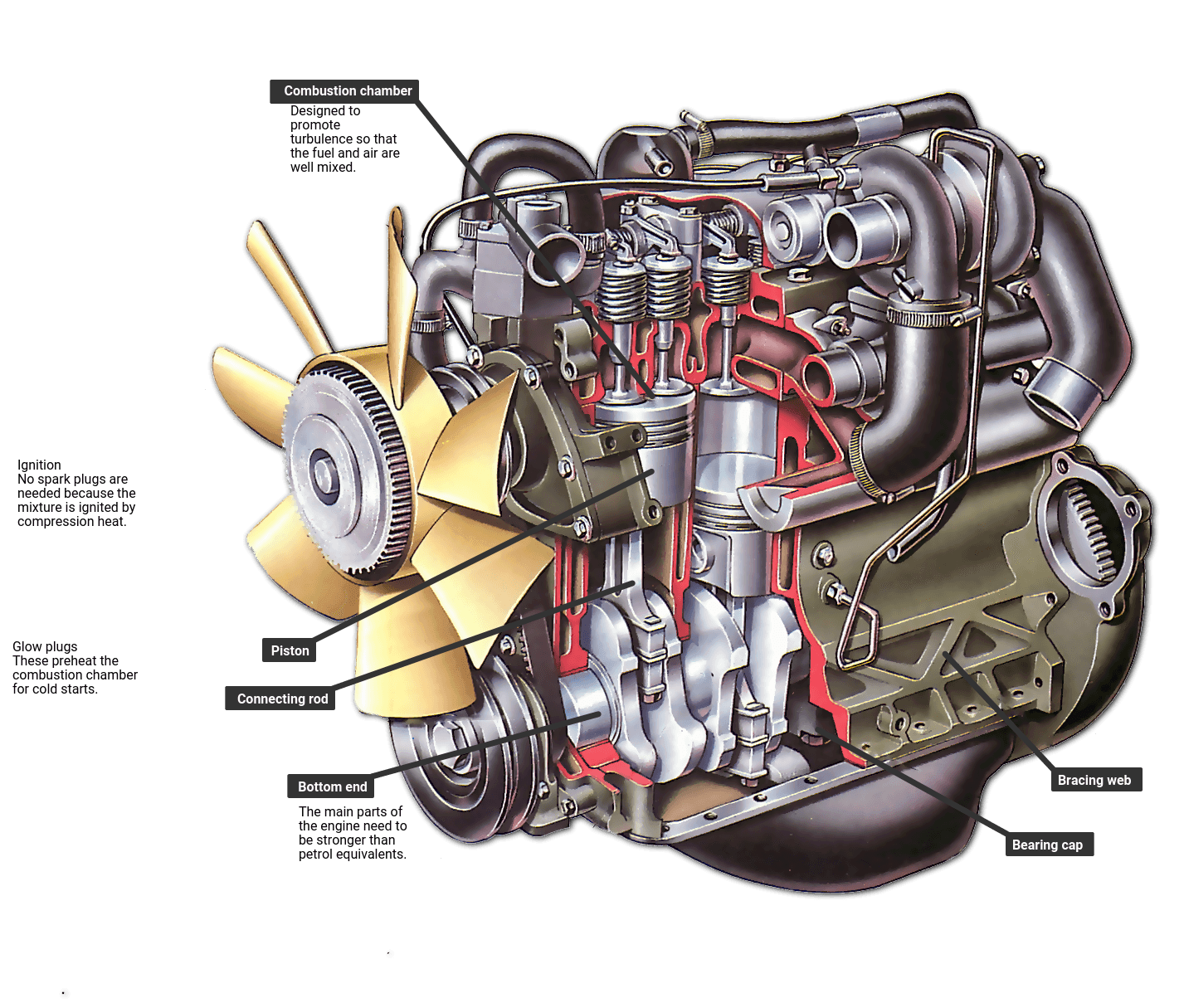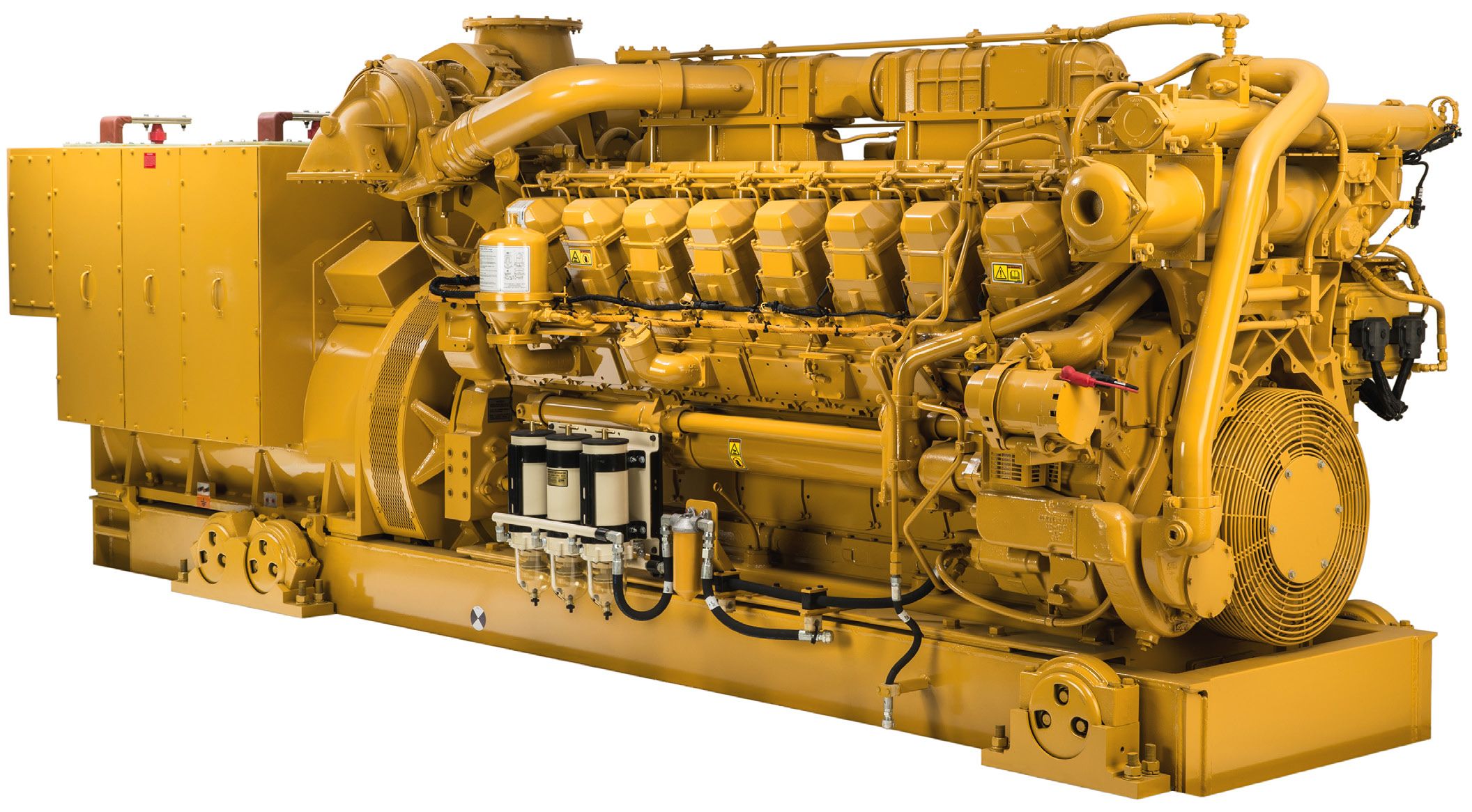Engines for Africa Available Currently! Visit Our Trusted Auto Parts Store
Engines for Africa Available Currently! Visit Our Trusted Auto Parts Store
Blog Article
The Mission for Ultimate Driving Power: Checking Out the Peak of Engine Performance and Technological Developments in the Automotive Sector
In the world of automobile design, the pursuit of maximum driving power has actually been an unrelenting quest that has actually unfolded through the development of engine layout and the integration of innovative technologies. From the careful workmanship of burning engines to the rapid improvements in electrical propulsion systems, the automotive market stands at the cusp of a brand-new period characterized by unmatched efficiency capabilities. As engineers and researchers dive deeper right into the realms of computational fluid dynamics and explore ingenious gas modern technologies, the perspective of opportunities expands tremendously. Keep tuned as we unwind the intricate tapestry of technological developments that are shaping the future of automotive power and performance.
Development of Engine Style

In addition, the integration of turbocharging and turbo charging modern technologies has transformed engine style by boosting power without substantially raising engine size. These forced induction systems compress the intake air, enabling for even more gas to be ignited, thereby generating higher power outcome from a smaller sized engine. This advancement has been especially vital in boosting the efficiency of smaller sized variation engines while maintaining gas effectiveness requirements.

Performance-Enhancing Fuel Technologies
The execution of advanced fuel modern technologies has substantially contributed to boosting engine performance in contemporary lorries. Biofuels, derived from sustainable resources like algae, sugarcane, or corn, deal enhanced and decreased exhausts engine performance. In addition, fuel additives and detergents are being developed to clean engine elements, enhance burning, and lower friction, thereby increasing general lorry efficiency.
Advancements in Electric Propulsion
Significant strides in electric propulsion technology have transformed the automobile market, leading the method for a new age of lasting and reliable transport. Electric automobiles (EVs) are getting appeal due to their environmental benefits and developments in battery technology, enabling longer driving ranges and much shorter charging times. Producers are investing heavily in r & d to boost the performance of electrical propulsion systems, concentrating on boosting power outcome, improving energy performance, and reducing overall weight.
One remarkable innovation in electrical propulsion is the development of innovative electrical motors that provide greater torque and power thickness, resulting in boosted acceleration and overall driving performance. In addition, regenerative stopping systems have been improved to catch and save energy throughout deceleration, additional increasing the performance of EVs.
Additionally, the assimilation of clever innovations, such as expert system and predictive analytics, is optimizing the monitoring of electric propulsion systems, ensuring ideal efficiency under different driving problems. These developments in electric propulsion are improving the auto landscape, driving the sector towards a much more sustainable and energized future.
Impact of Computational Fluid Characteristics
With advancements in electric propulsion pressing the borders of vehicle technology, the combination of Computational Fluid Characteristics is playing a pivotal function in maximizing aerodynamic performance and improving total efficiency in automobile layout. Computational Fluid Dynamics (CFD) includes using computer system simulations to assess the flow of air around an automobile, making it possible for designers to predict exactly how design modifications will certainly influence the rules of aerodynamics without the need for costly physical prototypes. By accurately modeling airflow patterns, CFD enables for the improvement of automobile forms to lower drag, improve air conditioning, and boost security.
One key benefit of utilizing CFD in car style is the capacity to iterate rapidly, exploring various style variations to identify the most aerodynamically efficient services. This repetitive procedure leads to automobiles that are not just sleeker and extra aesthetically enticing yet additionally a lot more eco pleasant and fuel-efficient. CFD enables engineers to maximize air flow around parts such as radiators, engine bays, and wheel wells, adding to enhanced performance and overall driving experience. Finally, the assimilation of Computational Liquid Characteristics stands for a considerable step forward in the pursuit for utmost driving power and efficiency in the automotive market.
Future Trends in Engine Technology
In the dynamic landscape of auto engineering, cutting-edge improvements are shaping the future trajectory of engine innovation. The future of engine style is noted by a strong focus on performance, sustainability, and performance. have a peek here Manufacturers are progressively focusing on developing engines that not only supply high power outcomes yet also prioritize environmental duty by improving and lowering emissions fuel effectiveness.
One prominent pattern in engine technology is the rise of electrification. Hybrid and electrical powertrains are my latest blog post obtaining traction as practical options to typical combustion engines. These technologies use the possibility for significant decreases in carbon emissions and enhanced energy performance, straightening with global efforts to battle environment change.
Additionally, improvements in products scientific research and production strategies are allowing the manufacturing of lighter and extra sturdy engine components. This change in the direction of light-weight materials such as carbon fiber and aluminum alloys contributes to improved performance and fuel economy.
Conclusion
To conclude, the quest of supreme driving power in the automobile industry remains to drive developments in engine design, fuel modern technologies, electrical propulsion, and computational liquid characteristics. The development of these innovations is shaping the future of engine innovation, paving the way for more efficient and effective automobiles (engines for africa). As the sector proceeds to press the borders of what is feasible, we can expect to see a lot more groundbreaking growths in the pursuit for peak performance
One of the key landmarks in engine style evolution is the change from traditional carbureted engines to modern-day fuel-injected systems. By exactly metering the gas shipment to each cylinder, fuel-injected engines maximize combustion, resulting in far better performance and reduced ecological impact.
Furthermore, the assimilation of turbocharging and supercharging modern technologies has changed engine style by boosting power without dramatically wikipedia reference enhancing engine dimension (engines for africa).The implementation of innovative fuel modern technologies has dramatically contributed to boosting engine performance in modern automobiles. Additionally, gas ingredients and detergents are being created to clean engine components, maximize combustion, and minimize rubbing, thus enhancing overall automobile efficiency
Report this page